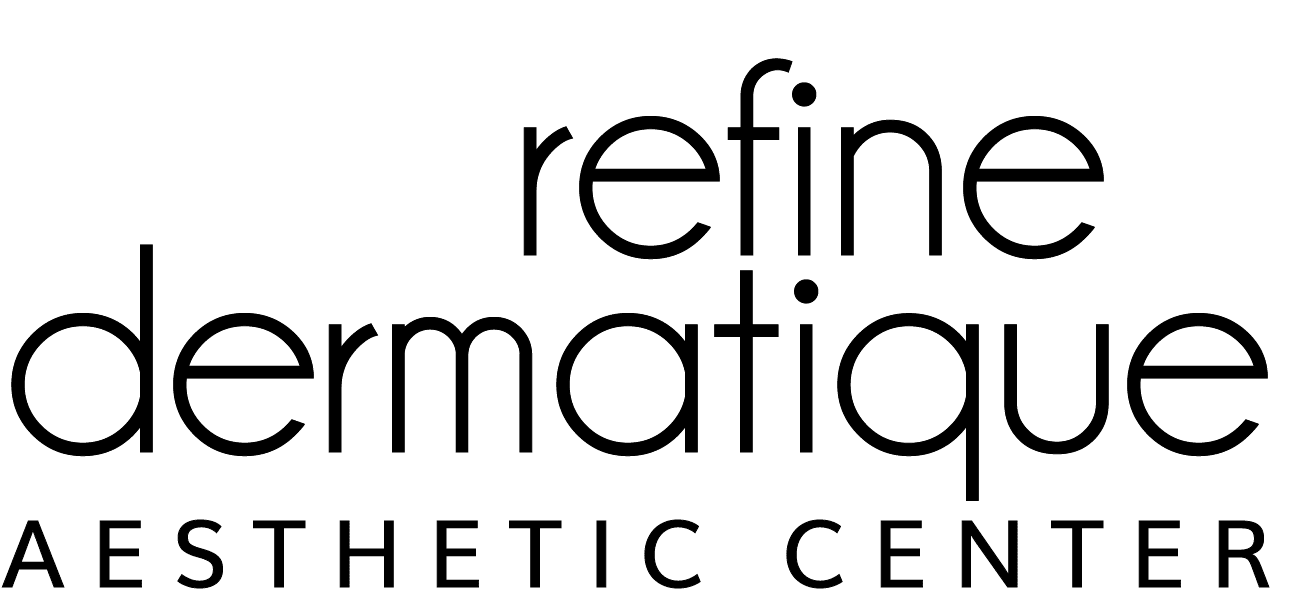[et_pb_section bb_built=”1″][et_pb_row][et_pb_column type=”4_4″][et_pb_text _builder_version=”3.20.2″]
Skin Cancer on the Rise
Spring is finally upon us and with warmer temperatures on the way, more time outdoors usually follows. We won’t ever tell you not to enjoy the beautiful weather and activities that come with Spring and Summer, however, we will tell you to enjoy them with an awareness of what the sun can do to your skin. According to the Centers for Disease Control and prevention, since the year 2000, the rates of new melanoma cases among both men and women have been climbing by nearly 2% per year. Escalating melanoma diagnosis has not spared the young, as incidence of teenagers with the cancer has grown consistently as well.
The trending upward incidence of melanoma begs the question as to what is the reason for the increase. The reasons for the increase aren’t well defined at this point, but the established risk factors for increasing the likelihood of such a diagnosis. The risk factors for melanoma include family history, indoor tanning, the number of moles on a person’s skin, fair skin, freckles, ultraviolet radiation and severe sunburns. People can control only 3 of these risk factors: indoor tanning, exposure to UV radiation and severe sunburns.
The risk of melanoma goes up when you use a tanning bed at any age, but the International Agency for Research on Cancer calculates that if you start using tanning beds before age 30, your risk of developing melanoma jumps by 75%.
Don’t Depend on Sunscreen
While we always encourage people to use an SPF of at least 30+, it appears that people may be getting a false sense of safety. Stanford University dermatologists reviewed CDC national survey data and concluded that people who relied solely on sunscreens for sun protection had more sunburns than people who reported infrequent sunscreen use but wore hats and clothing to shield themselves from the sun. Today’s sunscreens do not fully protect skin from all types of UV damage. Sunscreens were invented to stop sunburn and they are commonly indexed by their SPF rating, which describes the product’s ability to prevent burning. High-energy UVB rays burn skin and directly damage skin DNA, but they make up just 3-5% of UV radiation striking the earth’s surface. UVA rays are more plentiful and cause a different type of DNA damage than UVB rays.
For decades, both sunscreen manufactures and users assumed that preventing or delaying sunburn would also minimize other damage, such as skin cancer. Today, many experts realize that both UVA and UVB exposure may contribute to melanoma risk.
When people use sunscreen properly to prevent sunburn, they often extend their time in the sun. They may prevent burns, but they end up with more cumulative exposure to UVA rays, which inflict more subtle damage. In addition to causing mutations that can result in skin cancer, UVA rays are also responsible for damage to the skin resulting in wrinkles, pigment changes, as well as textural changes. It generally takes 10 years for UVA damage to show up on the surface of the skin. So, all the damage you do in your teens and early 20’s will start to show up in your 20, 30’s and beyond.
What Can Be Done to Minimize My Risks from UV radiation?
- Do not rely on sunscreen as your only tool of skin protection.
- Cover up! Hats, shirts and sunglasses with UV guard are the best protection.
- Avoid sunburn.
- Do not use a tanning bed or sunbathe.
- Protect kids! Early life sunburns are worse, so keep little ones out of the hot sun.
- Pick a broad spectrum sunscreen that covers both UVA and UVB.
- Get vitamin D. There is speculation, but not proof that adequate levels of vitamin D can reduce the risk of melanoma.
- Examine your skin. Check your skin regularly for new moles that are changing. If you see something suspicious get it checked.
[/et_pb_text][/et_pb_column][/et_pb_row][/et_pb_section]
